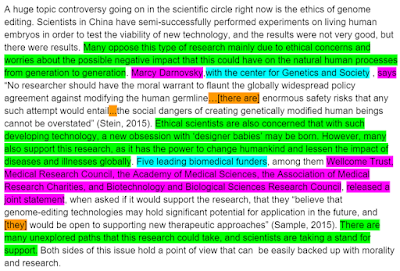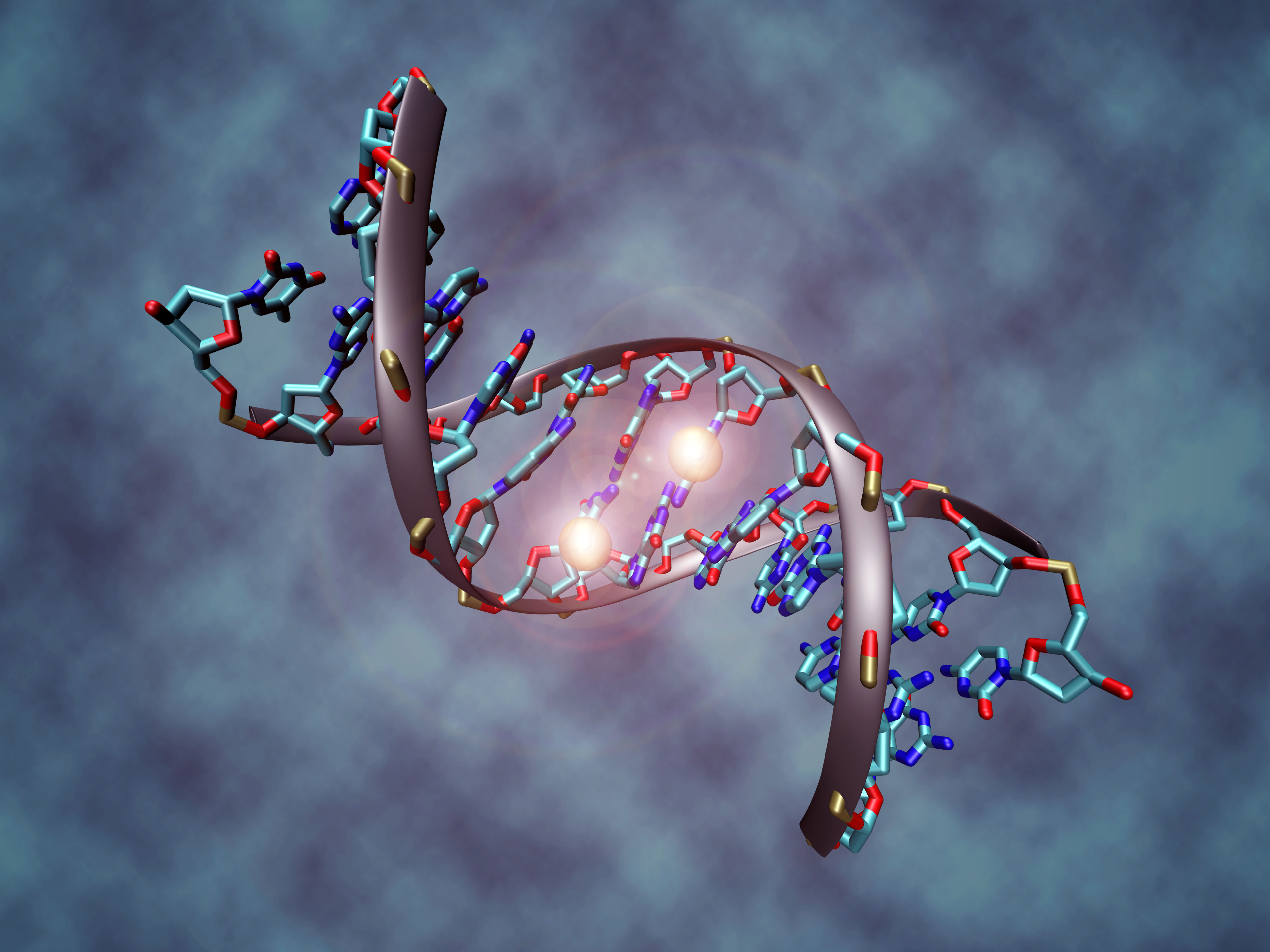 |
| Lucas, Tim. "Source code ON PAPER." 09/21/2011 via Flickr. Attribution 2.0 Generic License. |
Author- Sophie Borland, Health Correspondent for the Daily Mail. She is a reliable source because she has published a ton of health articles, mainly for the daily mail, and is a well-known journalist.
Audience- The audience in this case is the general public. The terminology in the article is not difficult to comprehend, and the things that are discussed are easy enough that an everyday person could understand.
Context- This article was published September 24, 2015, so this is very recent news. It's not even a week old, and contains a lot of good information to spread to the public, so that people can begin getting tested for that specific gene.
Source 2- The Breast Cancer Gene and Me
Author- Elizabeth Wurtzel, writer for the New York Times that personally suffered through breast cancer and has the gene that makes cancer relapse. She is a reliable source, based on her personal experience with the issue at hand.
Audience- The audience is the general public. The terminology is not difficult, and most people know what basic cancer treatments are, such as chemotherapy. A person reading this opinion article would understand everything discussed.
Context- This article was published September 25, 2015, so this is also very recent news. It's about a day old, and I'm pretty sure that it is in response to the announcement of the breast cancer gene to look out for and get tested for, as it could change the treatment you would normally receive for breast cancer.
Source 3 - Genetic clue to breast cancer relapses
Author- No author is given, and this article seems to give more facts than anything. It is from BBC News, though, so it is a credible and reliable source. The article touches on the recent announcement of the important breast cancer gene.
Audience- The audience is the general public, due to the fact that there is nothing but facts present in the article. The lack of author almost gives it a bit more credibility, and seems like it is intended to reach a larger audience of people.
Context- This article was published on September 25, 2015, so it is only a day old. It seems to be in response to the recent breast cancer gene detection announcement. Many of the articles seem to be wanting to spread the word to save lives.
Reflection
After looking at Chelsea and Alex's blogs, I feel decently comfortable with the articles I chose, but the only issue I see is that there is no real argument occurring within the topic I chose. I am going to continue on this topic anyway, because it is something I'm really interested in, but I am just going to predict this problem now. I think I did well enough with my analysis of my articles, but there is also some improvements I could make, like looking more into the background of the authors.




















